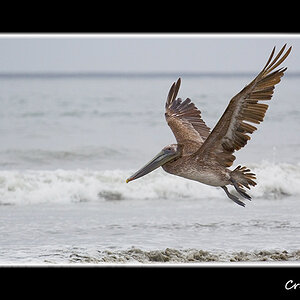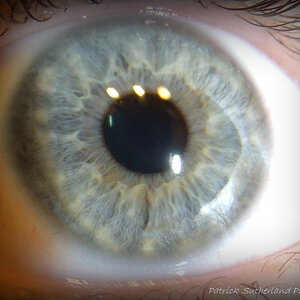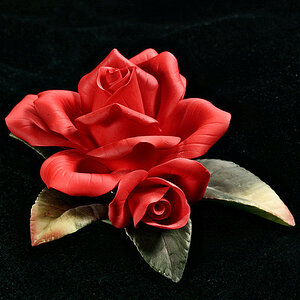Trigger
TPF Noob!
- Joined
- Sep 6, 2007
- Messages
- 86
- Reaction score
- 3
- Can others edit my Photos
- Photos OK to edit
I can't understand why there isn't some level of standardization when it comes to aspect ratios. It seems that my camera settings don't correlate to print sizes and various screen sizes. Can someone complete this for me, or at least shed some light on this viper's nest of confusion:
Print Size - Camera Setting - 800x Size
2.5x2 = ? = 800x640
3x5 = ? = 800x480
4x6 = 3:2 = 800x533
5x7 = ? = 800x572
8x10 = ? = 800x640
8x12 = 3:2 = 800x533
11x14 = ? = 800x629
16x20 = ? = 800x640
? = 16:9 = 800x451
? = 4:3 = 800x600
PS: My Camera has 3:2, 4:3, and 16:9 as available settings.
Thanks
Print Size - Camera Setting - 800x Size
2.5x2 = ? = 800x640
3x5 = ? = 800x480
4x6 = 3:2 = 800x533
5x7 = ? = 800x572
8x10 = ? = 800x640
8x12 = 3:2 = 800x533
11x14 = ? = 800x629
16x20 = ? = 800x640
? = 16:9 = 800x451
? = 4:3 = 800x600
PS: My Camera has 3:2, 4:3, and 16:9 as available settings.
Thanks


![[No title]](/data/xfmg/thumbnail/39/39447-6e7679723d775935851f055bae9712ba.jpg?1619739036)



![[No title]](/data/xfmg/thumbnail/32/32926-ec27ecead8c80d803404500d8f888dbf.jpg?1619735754)
![[No title]](/data/xfmg/thumbnail/37/37093-76cde0d618a8f2748a7d7543d7b4f9ea.jpg?1619737881)
![[No title]](/data/xfmg/thumbnail/39/39443-45e1b162b6c7c1d8ebbc8faf5623b705.jpg?1619739034)
![[No title]](/data/xfmg/thumbnail/37/37095-648a4e65f10e6fdeeb231be5ed8c3152.jpg?1619737881)
![[No title]](/data/xfmg/thumbnail/37/37094-a3c300cd42f78d01d01fe80c1233002e.jpg?1619737881)
![[No title]](/data/xfmg/thumbnail/36/36301-27972c0474532c2ef657014362950733.jpg?1619737495)

